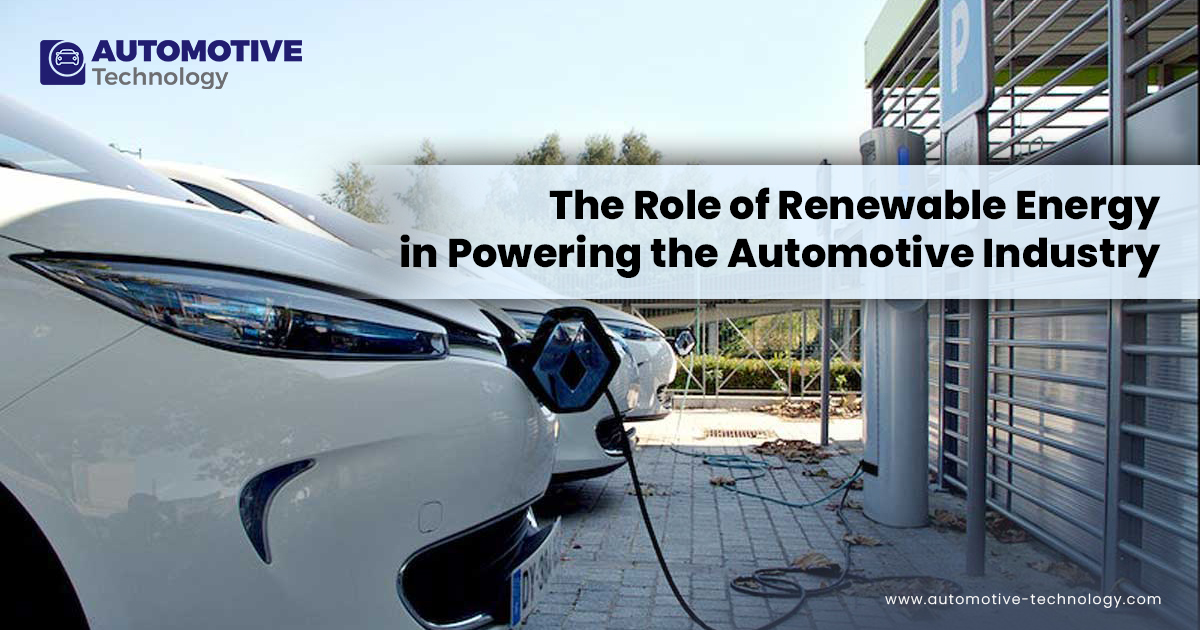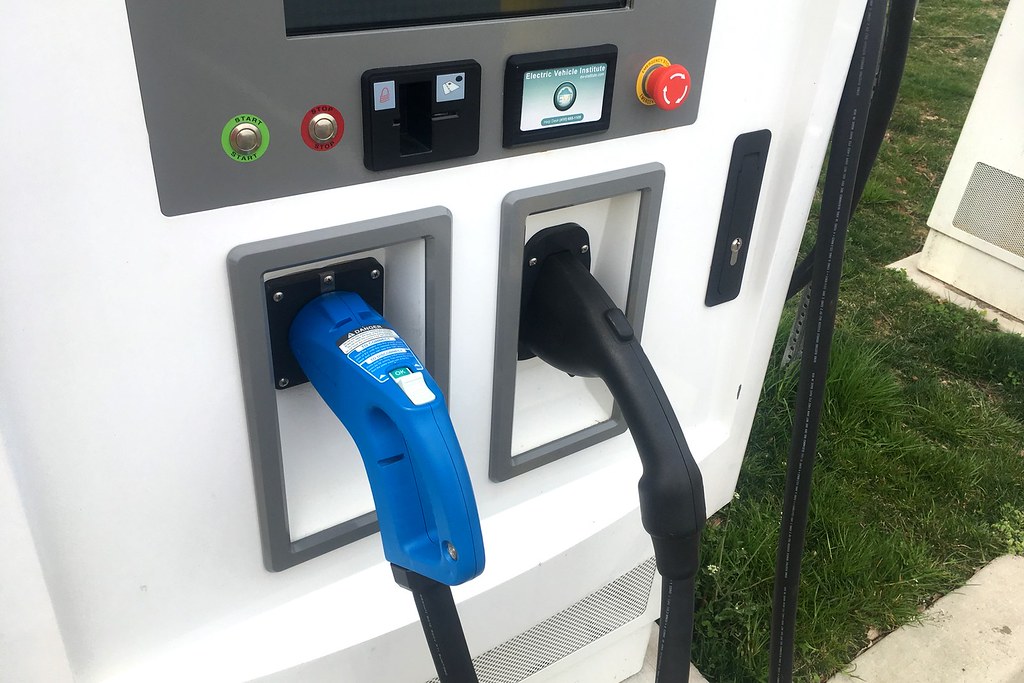
The electric vehicle revolution is rapidly transforming how we think about personal transportation. With millions of EVs already on American roads and projections showing exponential growth in the coming years, the convenience of home charging has transitioned from a desirable perk to an absolute necessity for modern EV ownership. While public charging options are expanding, approximately 80% of all EV charging happens at home, making a reliable and efficient residential setup the cornerstone of a seamless EV experience.
Plugging into a standard wall outlet, known as Level 1 charging, is akin to filling a swimming pool with a garden hose – it’s painstakingly slow and generally insufficient for daily driving needs. This guide is designed to demystify the process of installing a Level 2 home charging station, which drastically reduces charging times from over 20 hours to a practical overnight charge. We’ll break down everything from understanding charger types to navigating permits and selecting the right professional, empowering you to make informed decisions for your home’s personal fueling station.
Installing an EV charger is a significant home upgrade that involves complex electrical work, permits, and often, panel upgrades. It’s an undertaking that requires thorough research and professional execution to ensure safety, code compliance, and optimal performance. This comprehensive guide will equip you with the knowledge needed to confidently approach this project, ensuring you wake up to a fully charged vehicle every morning, ready for the road ahead.
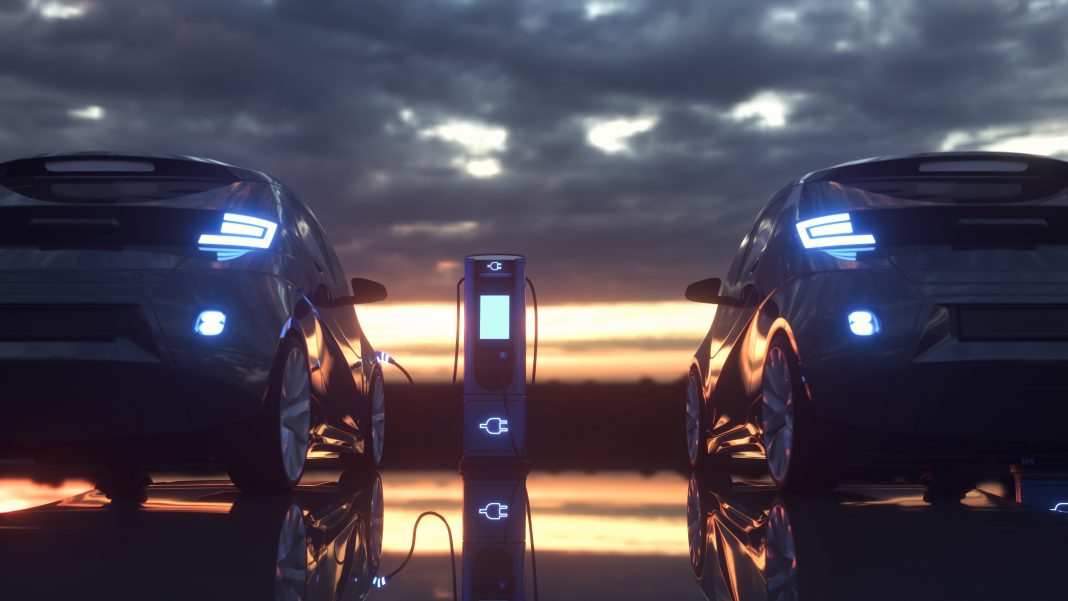
1. **The EV Revolution and the Indispensable Role of Home Charging**The shift towards electric vehicles is undeniable and accelerating, fundamentally changing how drivers interact with their cars and energy sources. As of 2023, over 4.5 million EVs were operating on American roads, a number projected to surge to 78.5 million by 2035. This dramatic increase underscores why home charging has evolved from a luxury convenience to a fundamental requirement for most EV owners, transforming the garage into a critical part of the vehicle’s ecosystem.
Home charging provides unparalleled convenience, allowing EV owners to “fuel” their vehicles while they sleep, eliminating trips to gas stations and the associated lines and petroleum fumes. Most EV owners discover that home charging effortlessly meets the vast majority of their daily driving demands. Considering the average American drives about 40 miles daily, overnight Level 2 charging is more than capable of replenishing the necessary range, reserving public charging for extended road trips.
However, it’s crucial to understand that not all home charging is created equal. Relying on a standard 120V household outlet for charging, known as Level 1, is often inadequate for consistent daily use. Level 2 charging, operating on 240V power similar to a dryer or oven, is the “sweet spot” for residential installations. This setup typically recharges an EV from empty to full in 4-8 hours, offering 25-40 miles of range per hour, a stark improvement over the 2-7 miles per hour provided by Level 1.
Proper installation of a Level 2 charging station is not a simple DIY project. It involves mounting the station and meticulously connecting it to your home’s electrical system through dedicated wiring, necessitating professional electrical work, obtaining appropriate permits, and potentially requiring electrical panel upgrades. These complexities highlight why a structured, professional approach is vital for safety, efficiency, and long-term reliability.
Read more about: Unlock Your Potential: The Hottest Lifelong Learning Podcasts You Need in 2025
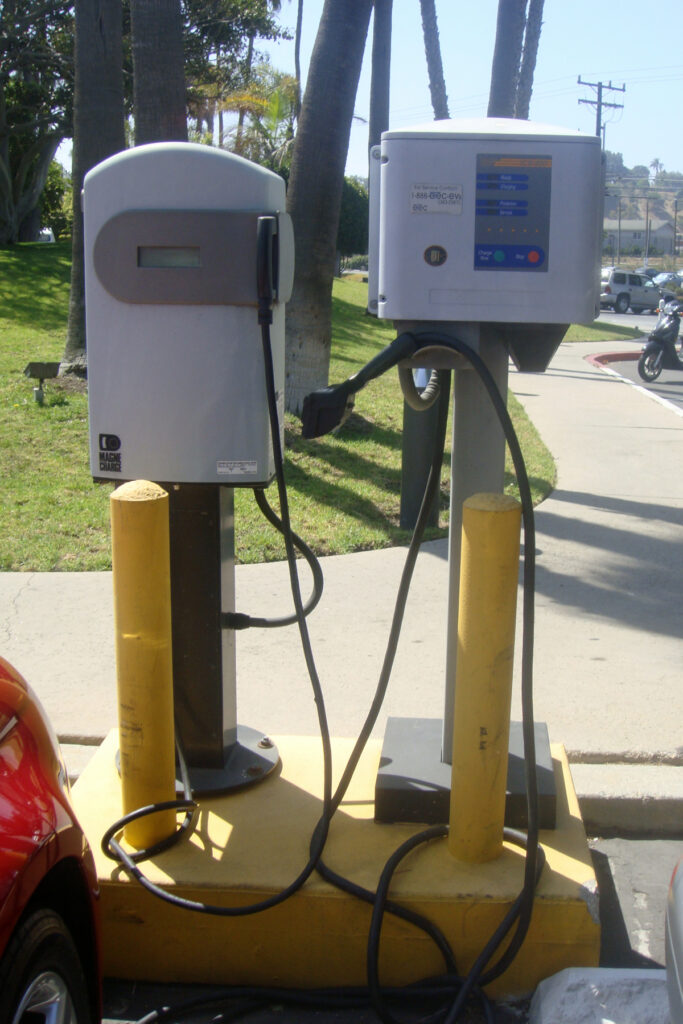
2. **Decoding EV Charger Types: Level 1, Level 2, and the Impracticality of DC Fast Charging for Home**
Understanding the various types of EV charging stations is paramount when planning a home installation, as each level offers distinct power outputs, charging speeds, and suitability for residential use. Choosing the correct type ensures your investment aligns with your driving habits and your home’s electrical capabilities.
Level 1 charging, the most basic option, utilizes a standard 120-volt household outlet. While it requires no special installation, its power output is minimal (1.4-1.9 kW), adding only 3-5 miles of range per hour. This method is best suited for temporary charging solutions, plug-in hybrids with smaller batteries (under 20 kWh), or vehicles parked for exceptionally long durations (8+ hours daily). It acts more as a “life support” for your EV, preventing battery drain rather than providing substantial daily fueling.
Level 2 charging, operating on 240V power, is the recommended standard for most residential and commercial applications due to its balance of speed and cost-effectiveness. With power outputs typically ranging from 3.3-19.2 kW (7.7 kW being common for residential setups), Level 2 chargers deliver 10-75 miles of range per hour. This allows most EVs to charge from empty to full overnight, typically within 4-8 hours, making it ideal for home garages, driveways, and workplace parking.
DC fast charging, or Level 3, represents the pinnacle of charging speed, directly delivering high-power DC electricity to the EV battery. While it can add 150-300 miles of range per hour with power outputs ranging from 50-350 kW, it is entirely impractical for residential installation. These industrial-grade systems require 480V three-phase electrical service and involve installation costs upwards of $10,000, often reaching $50,000 to $150,000+ per unit, making them suitable only for highway corridors, fleet depots, and public fast-charging hubs.
To put these differences into perspective, charging a typical 75 kWh EV battery from 20% to 80% capacity (requiring 45 kWh) would take over 32 hours with Level 1 (1.4 kW), 6-8 hours with a common Level 2 (7.7 kW) home charger, but only 54 minutes with a 50 kW DC Fast charger, and a mere 18 minutes with a 150 kW unit. This highlights why Level 2 is the practical and efficient choice for virtually all home EV charging needs.
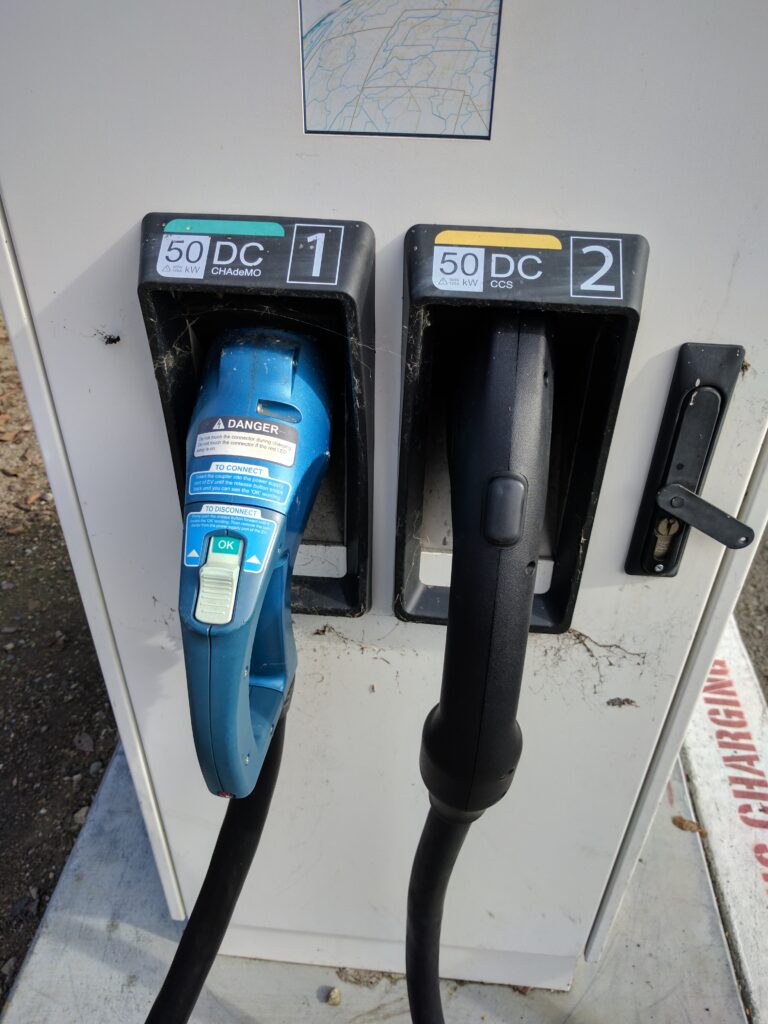
3. **Hardwired vs. Plug-in: Choosing the Right Installation Method for Your Home**When installing a Level 2 EV charging station at home, you typically have two primary options for connecting it to your electrical system: hardwired or plug-in. Both methods have distinct advantages and considerations that can influence cost, flexibility, and performance, making the choice dependent on your specific needs and an electrician’s recommendation.
Hardwired stations connect directly to your home’s electrical panel through dedicated wiring. This method offers a cleaner appearance as there are no visible plugs, contributing to a more integrated look. Hardwiring can also provide slightly faster charging speeds, supporting up to 48 amps compared to the typical 40 amps of a plug-in. Furthermore, hardwired installations often present a lower risk of connection issues due to their permanent nature, and they can add tangible value to your home.
Conversely, plug-in stations utilize NEMA 14-50 outlets, which are the same type used by electric dryers and other high-power appliances. A key advantage of plug-in units is their portability, making them suitable for vacation homes or if you anticipate moving in the future. They also offer easier future upgrades, as the charging unit itself can be swapped without extensive electrical work. In some specific scenarios, they may even incur lower initial installation costs.
However, a significant concern with plug-in installations, as highlighted by experts like Qmerit, is the potential for “nuisance tripping.” Most UL- and ETL-certified Level 2 chargers come with internal ground-fault protection. Simultaneously, many local electrical codes mandate the use of a ground-fault circuit-interrupting (GFCI) breaker when adding a 240-volt outlet for EV charging. Having two GFCIs on the same circuit can cause the breaker to trip unnecessarily, leading to the frustrating discovery that your car hasn’t charged overnight.
If you opt for a plug-in installation, Qmerit’s CEO, Tracy Price, strongly advises using a commercial-grade plug, which, despite costing around $100 instead of $10, is specifically designed for continuous, high-amperage use over 8 to 12 hours. Cheaper outlets are not built for such sustained loads and can lead to loose electrical connections, heat buildup, and even fire hazards. Therefore, while both options are viable, hardwiring is often recommended by professionals to mitigate these risks and ensure reliable, uninterrupted charging.
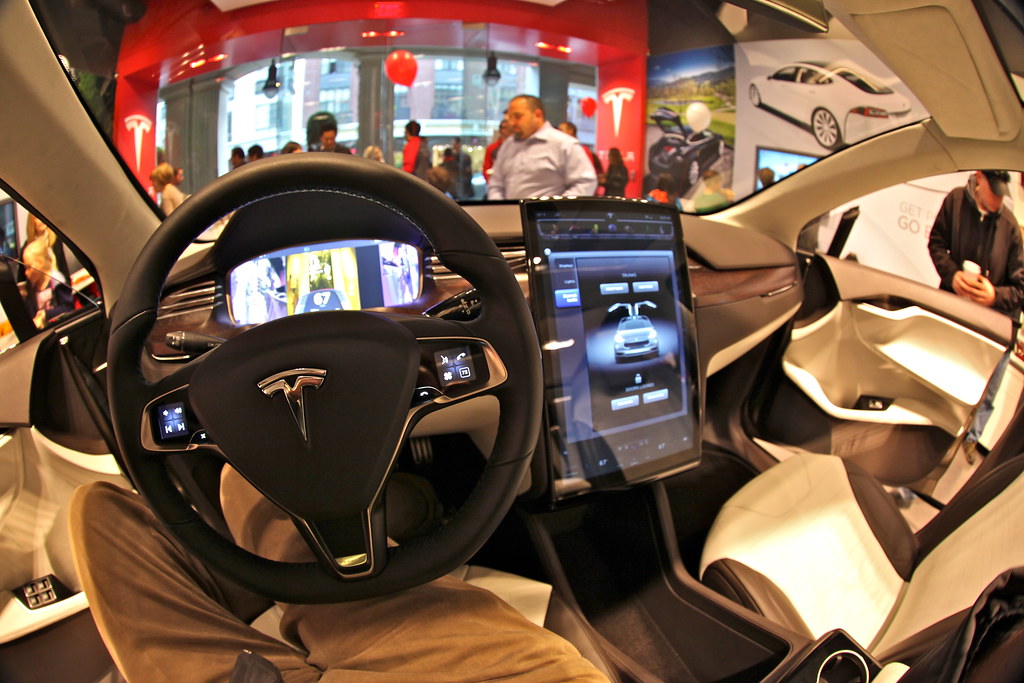
4. **The Critical First Step: Initial Electrical Panel Assessment and Home Readiness**Before any wires are run or equipment is installed, the fundamental first step in setting up a home EV charging station is a comprehensive initial assessment of your home’s existing electrical capacity. This crucial evaluation by a certified installer determines if your electrical panel can safely support the additional load of an EV charger without requiring costly and time-consuming upgrades.
Most homes constructed since the late 1980s typically feature 150-200 amp electrical service, which often has sufficient capacity to accommodate EV charging without major modifications. However, homes built in the early 1980s may have 100-150 amp service, which often works but warrants a closer look. For older homes equipped with only 100-amp service, a panel upgrade is frequently necessary to safely integrate the charging station alongside your existing electrical demands.
Beyond the total amperage, the assessment also considers several other vital factors. This includes the distance from your main electrical panel to your desired charging location, as longer distances can necessitate more complex wiring and conduit runs, impacting both labor and material costs. The condition of existing wiring and potential conduit paths is also reviewed to identify any challenges or efficiencies in routing the new dedicated circuit.
Local code requirements play a significant role in determining what is feasible and necessary, varying by jurisdiction. Finally, the optimal placement of the charging station itself is evaluated, taking into account vehicle parking positions, cable length, and user convenience. This initial, thorough examination is paramount to anticipating potential challenges, accurately estimating costs, and ensuring a smooth, compliant installation process from the outset.
Tracy Price, CEO of Qmerit, estimates that 20 to 30 percent of home EV charger installations today require a panel upgrade or a load-management system. This underscores the importance of this initial evaluation, as an outdated electrical panel or one without room for a new 240-volt circuit can significantly increase the project’s complexity and expense. Addressing these foundational electrical requirements upfront is essential to prevent unexpected issues later on.

5. **Navigating the Bureaucracy: Permits and Code Compliance Explained**Installing an EV charger is not merely an electrical task; it’s also a regulated home improvement project that typically requires adherence to local building codes and the procurement of electrical permits in most jurisdictions. This administrative step, though often managed by your installer, is a critical component of ensuring a safe, legal, and insurable installation.
Your chosen installer will generally handle the permit application process, which typically adds an estimated 1-2 weeks to your overall project timeline. This period allows the local authorities to review the proposed plans and ensure they meet all necessary safety and structural standards. Skipping permits, as some contractors might suggest, is a significant red flag and can lead to severe consequences, including fines, denial of insurance claims in case of an electrical issue, or even forced removal of the installation.
Common requirements for obtaining an EV charger installation permit often include detailed electrical load calculations, which demonstrate that your home’s electrical system can handle the new demand. Installation diagrams and specifications outlining the planned wiring and equipment are also typically required. Furthermore, proof of certified installer credentials, confirming that a licensed professional is performing the work, is usually mandatory, along with specifications and certifications for the charging equipment itself.
It’s worth noting that the efficiency of permitting processes varies significantly by municipality. Some cities have recognized the growing importance of transportation electrification and have streamlined their EV charging permit applications, allowing for quicker approvals within days. In contrast, other jurisdictions may still treat these as major electrical upgrades, subjecting them to more extensive review processes that can take weeks or even months. Your installer should provide realistic timelines based on their experience with local regulations and current permit backlogs, ensuring you are prepared for the administrative phase of your installation.
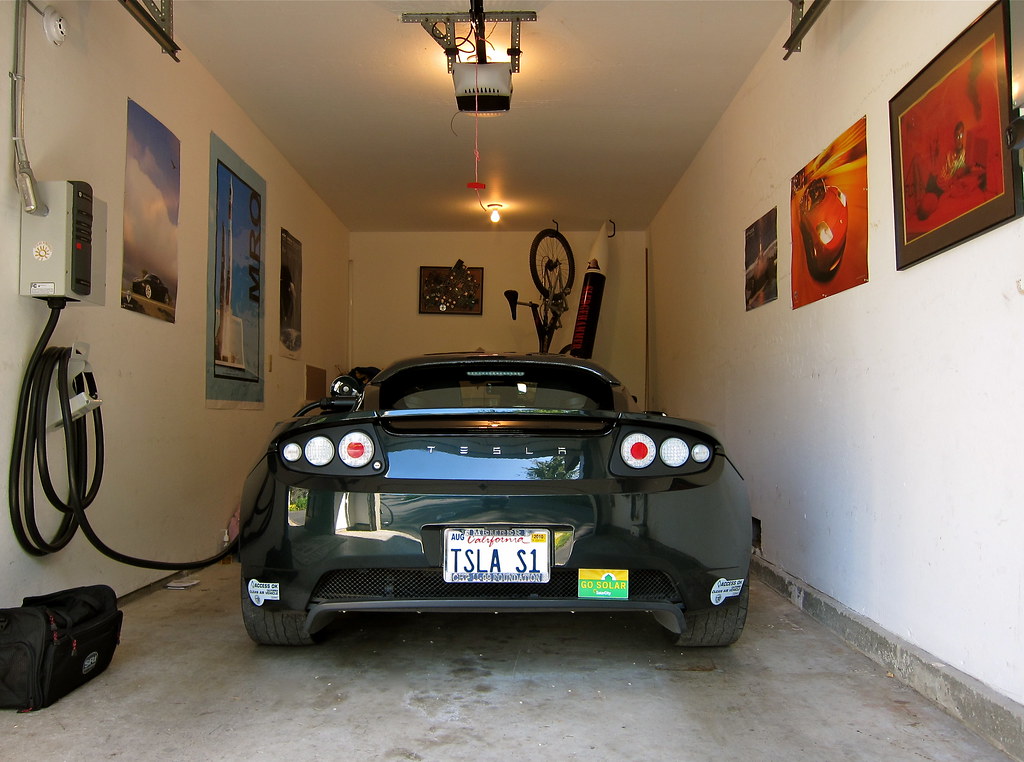
6. **The Professional Installation Process: From Wiring to First Charge**Once the initial assessment is complete and permits are secured, the actual physical installation of your EV charging station commences. This intricate process is exclusively performed by licensed electricians, ensuring adherence to the National Electrical Code (NEC), local building codes, and manufacturer specifications, which are all vital for safety, efficiency, and system longevity.
The installation process typically spans 2 to 8 hours, with the exact duration dependent on the complexity of your home’s electrical setup and the distance from the electrical panel to the charging location. The work begins with circuit installation, involving the meticulous routing of dedicated wiring directly from your main electrical panel to the precise spot where the charging station will be located. This dedicated circuit ensures that the charger operates independently and safely without overloading existing home circuits.
Following the circuit installation, a properly sized circuit breaker is added to your electrical panel. This breaker acts as a crucial safety device, automatically cutting power if an electrical fault or overload occurs, protecting your home’s electrical system and the charging equipment. The charging station itself is then securely mounted to your wall or a dedicated pedestal, ensuring stability and accessibility for daily use.
Once the physical components are in place, the electrician connects the wiring to the charging station and performs comprehensive testing to verify proper operation, including voltage, amperage, and safety protocols. The final step in the professional installation process is a municipal inspection. This mandatory inspection by local authorities ensures that all work has been completed in compliance with approved permits and local electrical codes, providing a final layer of assurance for the safety and legality of your new home charging station. Professional installation significantly mitigates risks associated with DIY attempts, protecting your home and family.
Now, let’s dive deeper into the practicalities of setting up your home EV charging hub, exploring the financial landscape, crucial selection criteria, and expert guidance to ensure a seamless and efficient installation. From navigating costs and potential electrical upgrades to choosing the right professional and tackling common challenges, this section will equip you with the insights needed to power your EV confidently and cost-effectively.
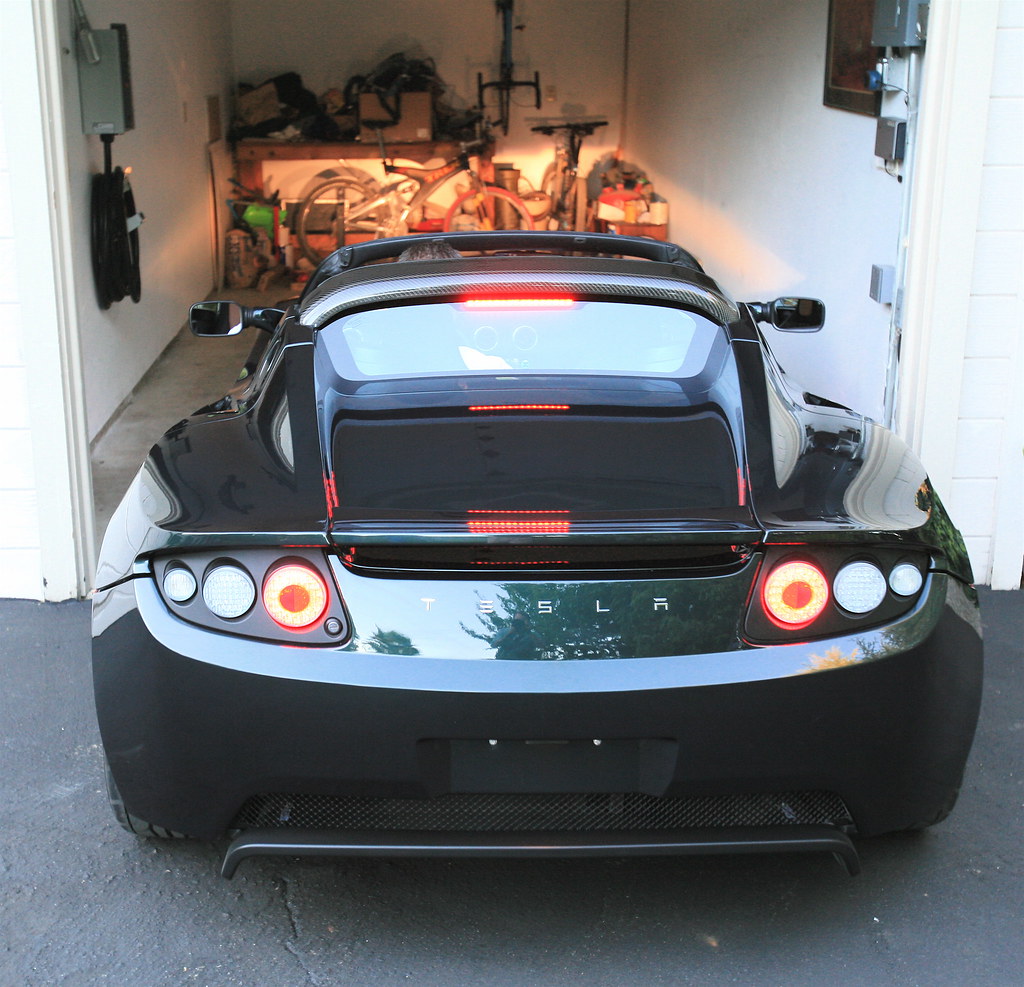
7. **Unpacking the Costs: Equipment and Installation Expenses**Establishing a Level 2 EV charging station at home is a notable upgrade, and a clear understanding of the financial commitment is essential for budgeting. The total investment typically spans from $1,200 to $4,500, covering both the charging unit and the professional installation services. This broad range accounts for various factors that can significantly influence the final price, ensuring you can tailor your setup to both performance needs and financial comfort.
The cost of the charging equipment itself varies based on features. Basic Level 2 stations generally cost $400-$800, while “smart” charging stations, with Wi-Fi for energy tracking and scheduling, usually range from $600 to $1,200. Premium units, offering enhanced durability or higher power outputs, can go from $800 to $2,000. Installation costs form another substantial part of your investment, directly correlating with electrical work complexity.
A standard installation, where the charger is within 25 feet of your electrical panel, typically runs $500-$1,200. Complex jobs involving extensive conduit runs can climb to $800-$2,000. Potential electrical panel upgrades can add $1,500-$3,500. In extreme cases, quotes might exceed $5,000 or even $10,000, often due to older homes with outdated electrical panels. Critical variables include local labor costs, charger power, distance from the panel, and overall job complexity.
Read more about: Drive Down Repair Costs: 13 Essential Tactics for Negotiating with Any Mechanic
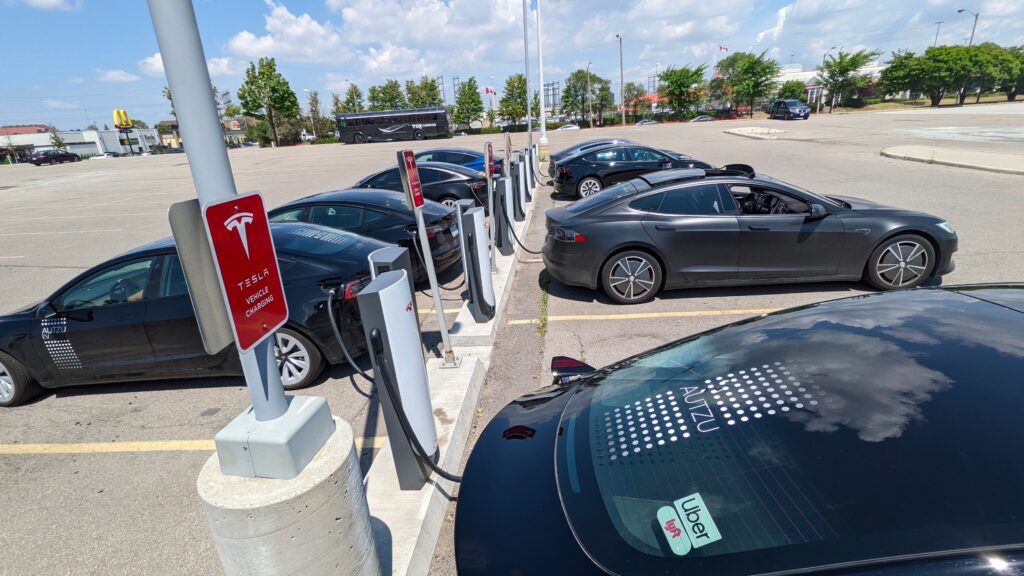
8. **Electrical Panel Upgrades: A Deeper Dive into Capacity and Costs**A pivotal factor influencing home EV charger installation costs is your existing electrical panel’s capacity. This central hub must have sufficient available capacity to safely handle the continuous, high-amperage load of an EV charger. A thorough assessment of this component is critical for accurate cost forecasting and ensuring a safe, compliant installation.
Most homes built since the late 1980s typically feature 150-200 amp electrical service, often providing enough capacity without major modifications. Residences from the early 1980s with 100-150 amp service may also accommodate EV charging, though a closer review is often warranted. Older homes, however, often require a panel upgrade to safely support the charging station alongside existing electrical demands.
Electrical panel upgrades represent the most significant potential cost variable. While some installations may only need new circuits, a complete 200-amp panel replacement typically costs $1,300-$3,000, potentially reaching $4,000 for complex situations. Tracy Price, CEO of Qmerit, estimates that 20 to 30 percent of home EV charger installations require a panel upgrade or a load-management system, highlighting the importance of a professional initial electrical assessment. In rare, costly cases, replacing main service wires to the house may be needed, involving utilities and extending timelines.
Read more about: The Next-Gen iPhone 17 Lineup: Unpacking Every Rumor, Leak, and Confirmed Feature Ahead of Launch
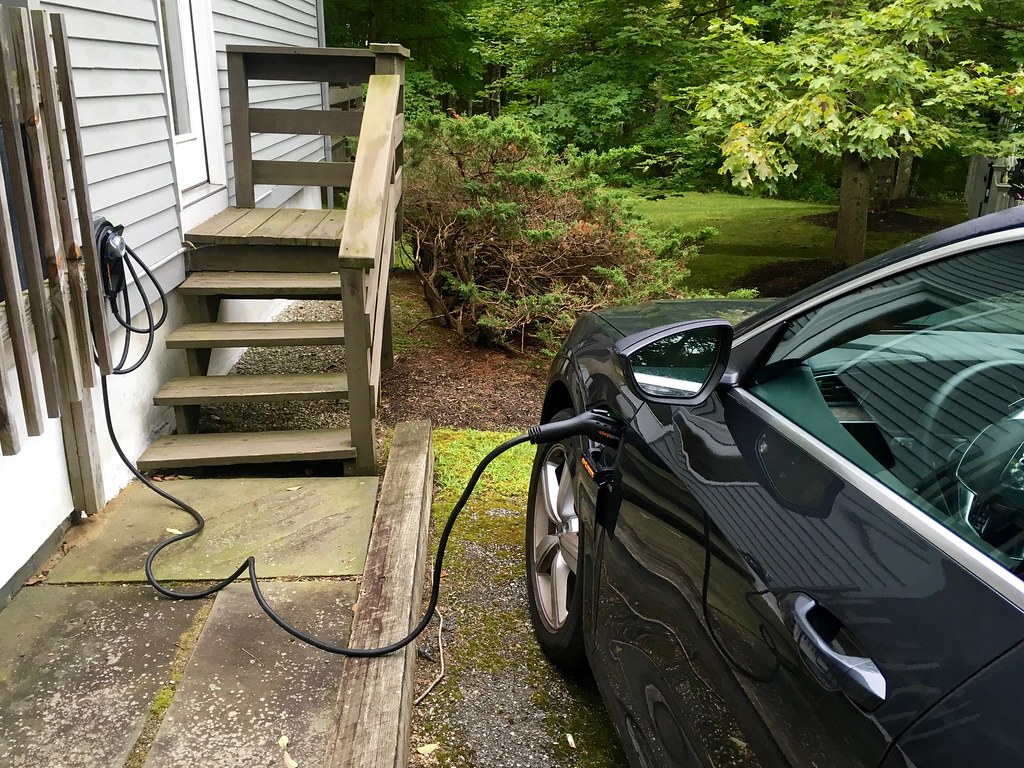
9. **Essential Features to Consider When Selecting Your Home EV Charger**Choosing the right home EV charger involves more than picking a model; it’s about aligning its features with your specific needs, vehicle, and home setup. Careful consideration of key features can significantly enhance your charging experience, bolster safety, and even future-proof your investment.
A top priority should be a charging cable that is 20 feet or longer. This length provides immense flexibility for parking locations and future-proofs your installation for different EV models. Safety is paramount, making Underwriters Laboratories (UL) or Intertek (ETL) certification a crucial requirement, ensuring the charger meets stringent industry safety standards. Risking a faulty charger for cheaper, uncertified units is not advisable.
For some users, Wi-Fi connectivity, found in “smart” charging stations, is desirable. These units track energy consumption, calculate costs, and enable charging schedules to leverage off-peak utility rates. However, many modern EVs already incorporate charge-scheduling features directly, potentially making charger-based Wi-Fi less critical. Finally, selecting the appropriate power output is crucial; while “more power” seems better, it’s about finding an optimal balance for daily needs without overspending on capacity rarely utilized.
Read more about: Navigating the World Solo After 60: 14 Essential Tips for a Safe and Empowering Journey
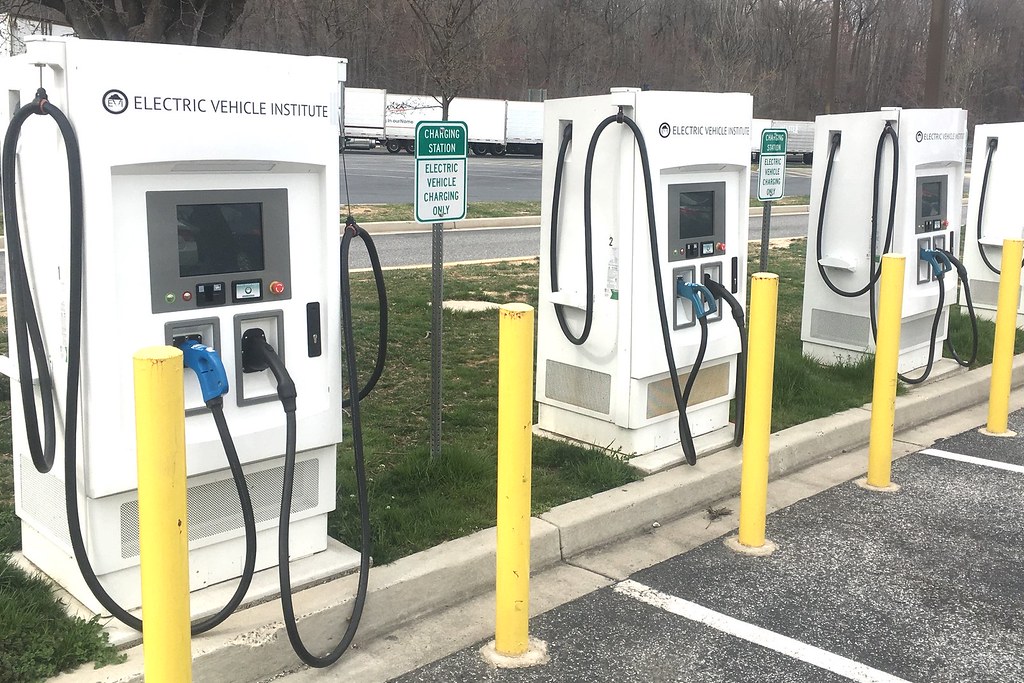
10. **Demystifying Power and Amperage Requirements for Optimal Charging**When evaluating home EV charging stations, power output and amperage are closely related metrics that directly influence charging speed and overall efficiency. Understanding these requirements is vital for selecting a charger that precisely meets your daily driving needs without overspending on unnecessary capacity.
For most drivers, a charging station with a power output of 9.6 kilowatts (kW) is highly recommended. This level typically adds about 29 miles of range per hour for a midsize SUV or approximately 18 miles per hour for larger trucks. While 11.5 kW is a desirable upgrade, 7.2 kW serves as the practical minimum for a Level 2 home setup, sufficient for most overnight charging needs. It’s worth noting that for home charging, peak speed isn’t always the most critical factor; a moderately powered Level 2 charger will easily ensure a full battery by morning if parked for 8-12 hours.
To make an informed choice, first determine your vehicle’s maximum AC or Level 2 charging power, typically ranging from 6.6 to 19.2 kW, with most EVs capped at 11.5 kW. Then, collaborate with a qualified electrician to assess your home’s electrical infrastructure and budget. Upgrading for a marginal power increase might not justify the added expense of service upgrades or load-management systems, especially since higher power requires thicker, more costly wiring. Amps and kilowatts are related; kW equals amps multiplied by volts (240V for homes) divided by 1,000. For safety, the circuit breaker for a charging station is always 125 percent larger than the actual charging amperage, providing an essential safety margin.
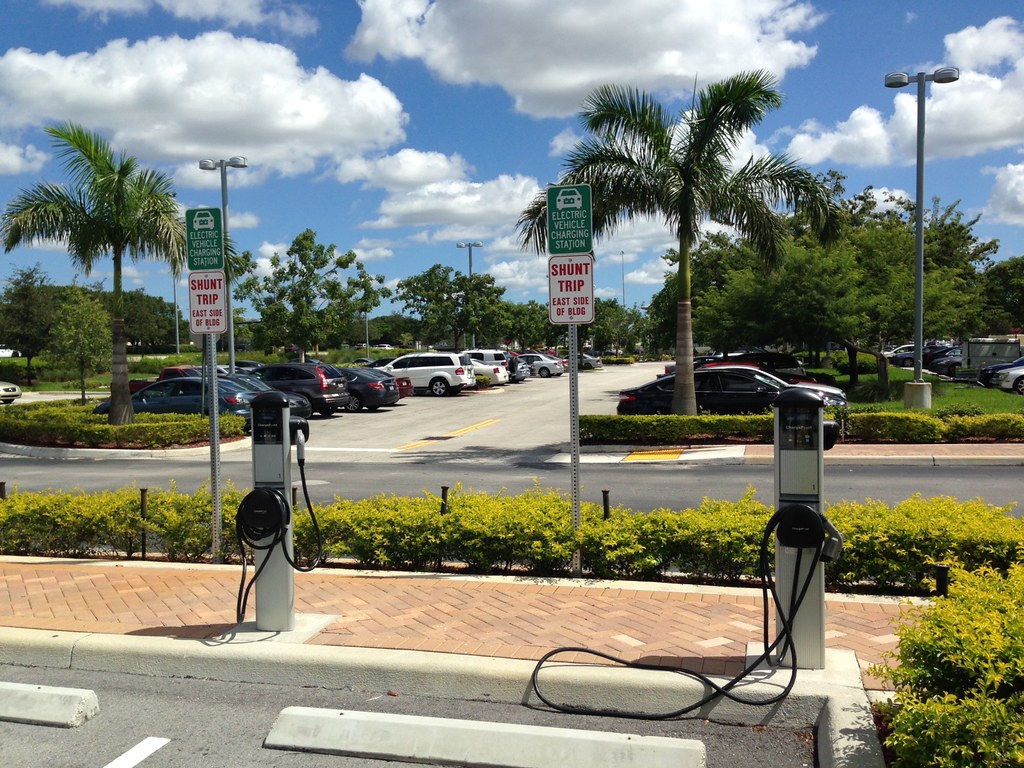
11. **Choosing the Right Partner: How to Select a Qualified EV Installer**The choice of installer for your home EV charging station is paramount, profoundly influencing your overall experience, project timeline, and long-term satisfaction. Not all electricians fully grasp the specific demands of EV charging systems, nor do all EV specialists deliver top-tier electrical work. Identifying the right professional is a critical step towards a safe, efficient, and compliant installation.
When searching for an installer, you’ll encounter traditional electricians and specialized EV installers. The ideal choice is a certified electrician with substantial, verifiable experience in EV charging installations. Essential qualifications include state licensing, robust insurance (minimum $1 million liability), experience with your specific charging station brand, and thorough understanding of local permitting requirements. Always check customer reviews and request recent references.
Be vigilant for red flags: unusually low quotes, suggestions to skip permitting (a significant safety and legal risk), lack of proper licensing/insurance, or no prior EV charging installation experience. Before hiring, ask crucial questions: How many EV chargers have they installed? Do they handle permits and inspections? What warranty do they provide? What’s their plan if your panel needs upgrading? Qmerit’s CEO, Tracy Price, stresses: “If the answer to, ‘Are you doing a load calculation?’ or, ‘Are you pulling a permit?’ is ‘no,’ irrespective of cost, I would go elsewhere.”
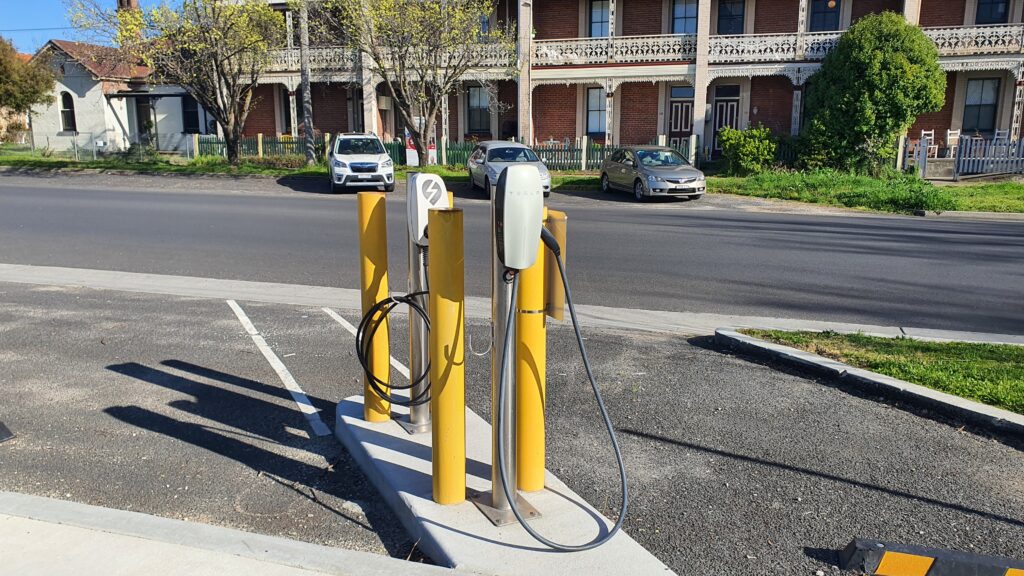
12. **Navigating the Roadblocks: Common Installation Challenges and Solutions**Even with diligent planning and a skilled installer, home EV charger installations can sometimes present unexpected complications. Understanding these common challenges and their effective solutions is crucial for mitigating delays and making informed decisions throughout your project.
Electrical panel capacity limitations are a frequent obstacle, especially in homes built before 1990. These older panels may lack the necessary amperage or available breaker slots for a new 240-volt EV charger circuit without significant modifications. Solutions include upgrading the entire electrical panel for increased capacity, albeit at a higher cost, or implementing load-management systems. Devices like the Wallbox Pulsar Plus with a power meter can automatically reduce charging speed when other major household appliances are active, preventing main breaker trips.
Distance challenges also commonly arise if your chosen charging location is far from your electrical panel. Routing dedicated wiring through finished spaces, around structural obstacles, or burying conduit underground adds complexity and cost. Creative routing strategies, such as using surface-mounted conduit, can help minimize these expenses. Permitting delays can also introduce significant variability; your installer should provide realistic timelines based on local experience. Future innovations like ConnectDER’s meter collar could allow power to be drawn directly from your electric meter, bypassing panel issues.
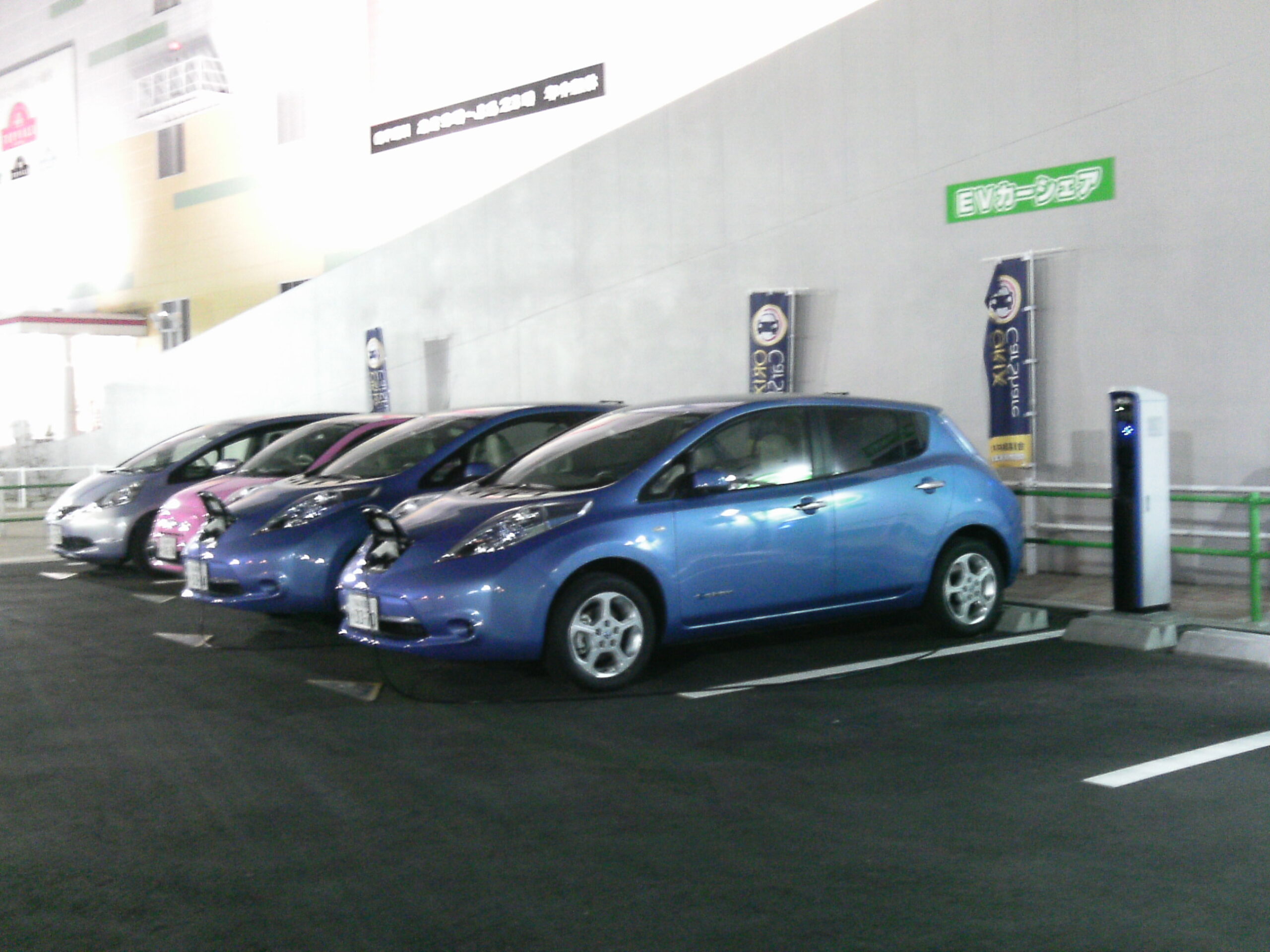
13. **Smart Planning and Incentives: Crucial Pre-Installation Tips**Beyond technical and financial aspects, strategic planning can significantly streamline your EV charger installation and maximize potential savings. Approaching your project with foresight helps avoid last-minute frustrations and ensures you fully leverage home charging benefits.
Initiate the charger installation process well before your new EV arrives, if certain of purchase. Expect four to eight weeks from first electrician contact to job completion. Lacking reliable home charging initially can be frustrating. However, some automakers offer a charging station or stipend towards installation; you might need to wait until vehicle paperwork is finalized for eligibility.
Financial incentives can substantially reduce costs. Diligently check if your state, city, or utility offers rebates, incentives, or tax credits for home EV charging. In some areas, these programs cover the entire unit and installation cost. Finally, thoroughly understand your electric utility’s rate plan. If on a time-of-use (TOU) plan, charging during peak demand hours can double your car’s electricity cost. Many EV drivers schedule charging overnight when rates are lowest, turning their garage into an economically efficient fueling station.
With proper planning, an informed approach to selecting equipment and installers, and a keen eye on available incentives, the journey to installing your home EV charging station can be a remarkably smooth and rewarding one. Imagine waking up every morning to a fully charged vehicle, ready for the day ahead, all from the comfort and convenience of your own home – no gas stations, no lines, just pure, effortless electric mobility. The EV revolution isn’t just about the cars; it’s about transforming your daily routine, and a well-installed home charger is at the heart of that transformation.


